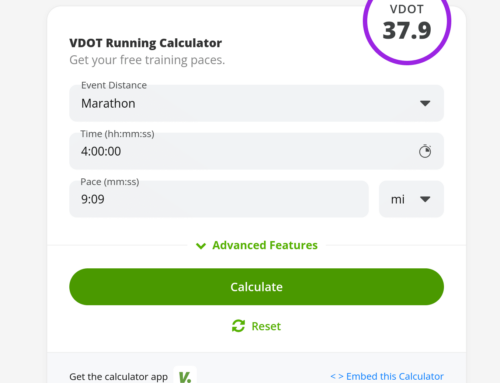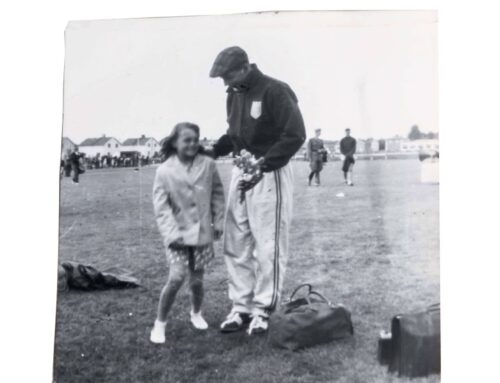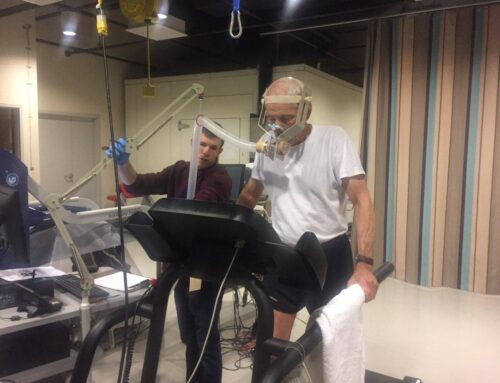We’d like to thank all of our followers on social media for submitting these great questions. We hope Jack’s tips are helpful when considering your future training/racing.
Ken G: In the weeks leading up to the start of a marathon training program what are some things an athlete can do to help prepare?
JD: Try to get into a desirable daily schedule, including an easy morning run a few days each week, even if there is to also be something done in the afternoon. Just make the total mileage not vary much each week and get in about 6 weeks of just easy running and 6 or 8 strides in the middle of these easy runs.
Albert D: What are some of your favorite workouts to help prepare for a marathon?
JD: 30 minutes of easy running followed by 3 or 4 miles at Threshold pace with 1-minute recoveries between these 1-mile runs, and finish with another 20 or 30 minutes Easy run and a few strides.
Joe G: Can all runners benefit from incorporating “bunched” long runs in their training or is it more useful for beginners 0r first-time marathoners to help reduce risk of injury?
JD: Doing Long runs on two consecutive days (afternoon on one day and morning on the following day) reduces the likelihood of doing too much in one session, but stresses the body very similarly to one steady longer run.
Chris T: When aiming to increase speed during a marathon program, is it better to build speedwork throughout the plan or in blocks at the start of the program?
JD: When starting a marathon training program, or training for any distance for that matter, I like to make the first 6 weeks of the program just easy running, with a concentration on stride rate (180 steps per minute) and a 2/2 breathing rhythm. Following this early phase of building injury resistance, working on strengthening the heart muscle and improving mitochondria function, I prefer to start a phase of Repetition training, with 1 long run each week and 2 or 3 sessions of short Repetitions per week.
Reps are generally easy to do and are actually faster than Interval and Threshold workouts, but easy to perform because the workbouts are short and recoveries are relatively longer. Once you’re into the Interval and Threshold running phases of the program I like to add some Reps now and then for the purpose of maintaining what Reps accomplish in the first place (improving speed and economy). When focused on maintaining that specific fitness Reps are useful when added at the end of a Threshold session.
Enzo F: How much would be the optimal amount of cross training (cycling, swimming) which could maximally help running performance without crossing the line of being counterproductive?
JD: I think about 20-minutes of resistance training 2 or 3 times each week can be helpful in minimizing running injuries. Try to do cross training after a day’s run, rather than beforehand.
Brian C: Is there any way to determine an increased VDOT score outside of racing. What would determine the increase and, if so, by how much would a coach incrementally increase it?
JD: With no race to change VDOT by, and if training is going well without undue stress, make a (1 unit) VDOT increase about every 4-6 weeks, but not more often.
Karen D: I’m curious what information you can provide on the physiological benefits of training for a marathon with higher mileage (i.e. 85 + mpw) and how that compares to 70 a week. I realize this can be more individual but assuming the athlete can handle the mileage is there a point where there are no further physiological benefits to be obtained through higher mileage?
JD: With no negative feelings (soreness, injury or mental depression) there is probably benefit to increasing the mileage to any amount. The body reacts in specific ways to different types of training and steady long runs develop specific functions in the body, so doing more improves that function more, BUT if feeling more tired or stressed as a result of increasing mileage, it is not the time to continue with that increase.
Lou K: In spite of upping my mileage, while maintaining three quality sessions per week, my gains have been minimal and I even regressed in some later season races. I know I have not yet hit my theoretical maximum, but I want to approach this season the smartest way possible. So my question: What’s the best way to break out of a plateau?
JD: There is always the possibility that a drop in performance is a result of a drop in hemoglobin value, which can be checked with a simple blood test. Each gram % drop below normal in HGB, will result in a slow down of about 40-seconds in a 5k race, and a lot more in a marathon. If normal in this value I would try doing a little more in the Threshold intensity of running (with some 200 Reps following all Threshold sessions). These types of training usually are easier to recover from than more demanding Interval sessions.
Tim J: Is there a benefit to including additional sub-max training paces, such as 10k and Half Marathon Pace, particularly when training to race at those distances?
JD: Physiologically, training at 10k pace is not really better than alternating between threshold and Interval paces in training; however, if you feel some additional mental benefit from training at 10k race pace, do some cruise-interval miles with short 2-minute recoveries after each.
Misty C: When preparing for a hilly race course, how important is it to include hills on my training runs? How much should I include and when would I include? Just on my long runs? Also should I include hill repeats and/or simulate the course in my training runs?
JD: Doing some training on moderate hills can be useful, but be careful doing downhill runs as they put extra stress on the thigh muscles. When running downhill, make sure to use a pretty short, quick leg turnover as it is fairly normal to lengthen your stride and that can lead to injury. Also use a fairly fast, shorter, leg cadence doing uphill runs. A good session would be 10X1 minute hill running with 1-minute recovery after each run, and this could be 5 uphill and 5 downhill runs in a single session. If 1-minute runs are too demanding then shoot for 30-second runs and try for 10 going up and 10 going down.
Become a faster runner with Dr. Jack Daniels’ VDOT training methodology.




